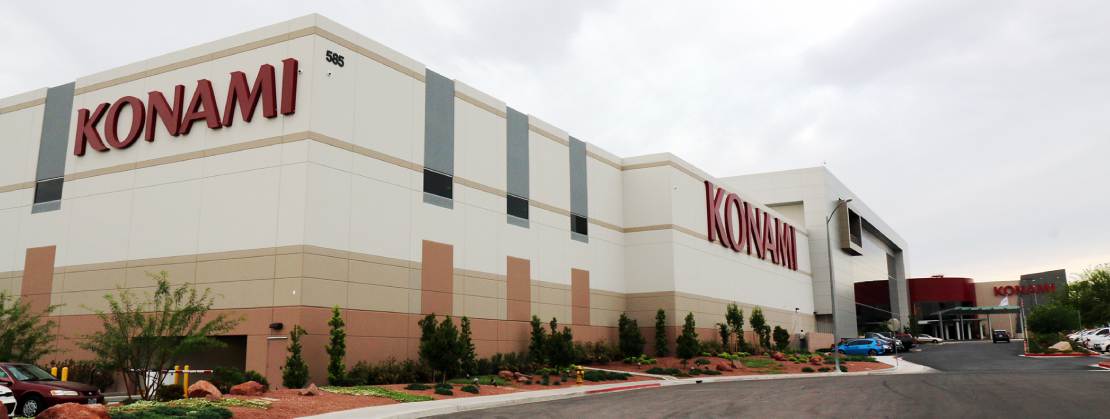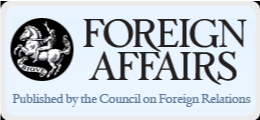Nunavut has a harsh polar climate and is hard to reach. The largest and northernmost Canadian territory, with a population of just under 40,000 and roughly four times as large as the United Kingdom, is reachable only by air and by sea.
Nunavut is a very hard sell to tourists, at least on paper.

But, tourism officials take heart that Nunavut’s dramatic landscape of sweeping tundras, unique wildlife, and distinctive indigenous culture are what will make the territory the next bucket list destination.
With no roads connecting Nunavut to mainland Canada and average travel costs ranging from $15,000 to $20,000, the local tourism sector is undeterred to grow the industry into a billion-dollar one by 2030.
In an interview with GMI POST, Travel Nunavut CEO Kevin Kelly shared important insights on how to turn challenges into opportunities.
Diversify products and services based on your target market
“We’re working closely with our operators to broaden the range of services they provide to both leisure and business travelers,” Kelly explained. “Our leisure activities are already quite diverse — from the Flow Edge Tour, where you can camp on the ice and witness wildlife, to expedition-style cruise ships for quick territory tours, to sustainably harvested hunting expeditions.”
Kelly also shared that hospitality businesses in Nunavut are “making extra efforts” to further accommodate the growing needs of business travelers by offering services even during late evenings and on weekends.
This adaptability and variety in services reflect a deep understanding of the varied dynamics and preferences of specific customer groups, showcasing a targeted approach to sales.
Targeted outreach: Focus on quality, not quantity
“Lack of awareness about Nunavut is an issue, but it does not worry us too much,” Kelly said.
“We serve the needs of high-value guests, those who are spending close to $20,000. Even if we have low numbers, this leaves a good economic impact on the territory,” he added.
This strategy recognizes the economic value brought by fewer but more discerning travelers, prioritizing quality over quantity.
Be direct when communicating to your audience
“We actively try to communicate in target groups with a strong call-to-action (CTA). A clear CTA helps us establish two-way communication with them,” said Kelly, who highlighted Travel Nunavut’s efforts to engage target groups through clear and compelling communication.
According to Kelly, a clear CTA serves as a catalyst that motivates potential travelers to take action, whether it is to inquire about trips, book experiences, or seek information.












